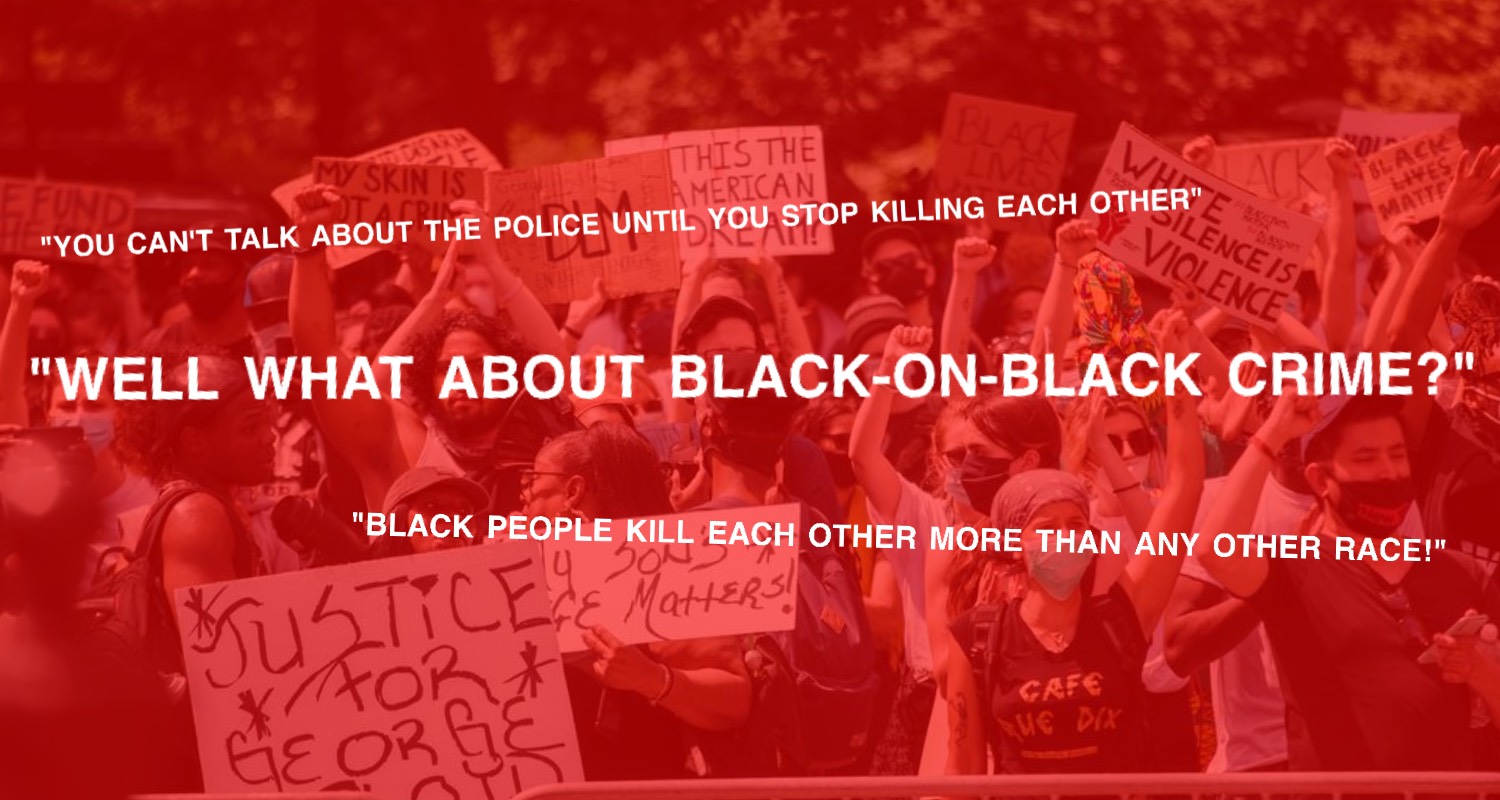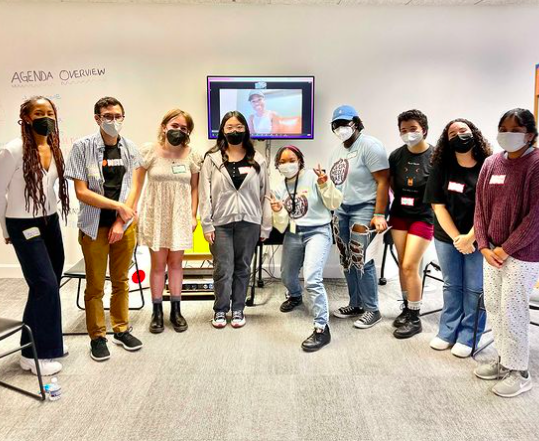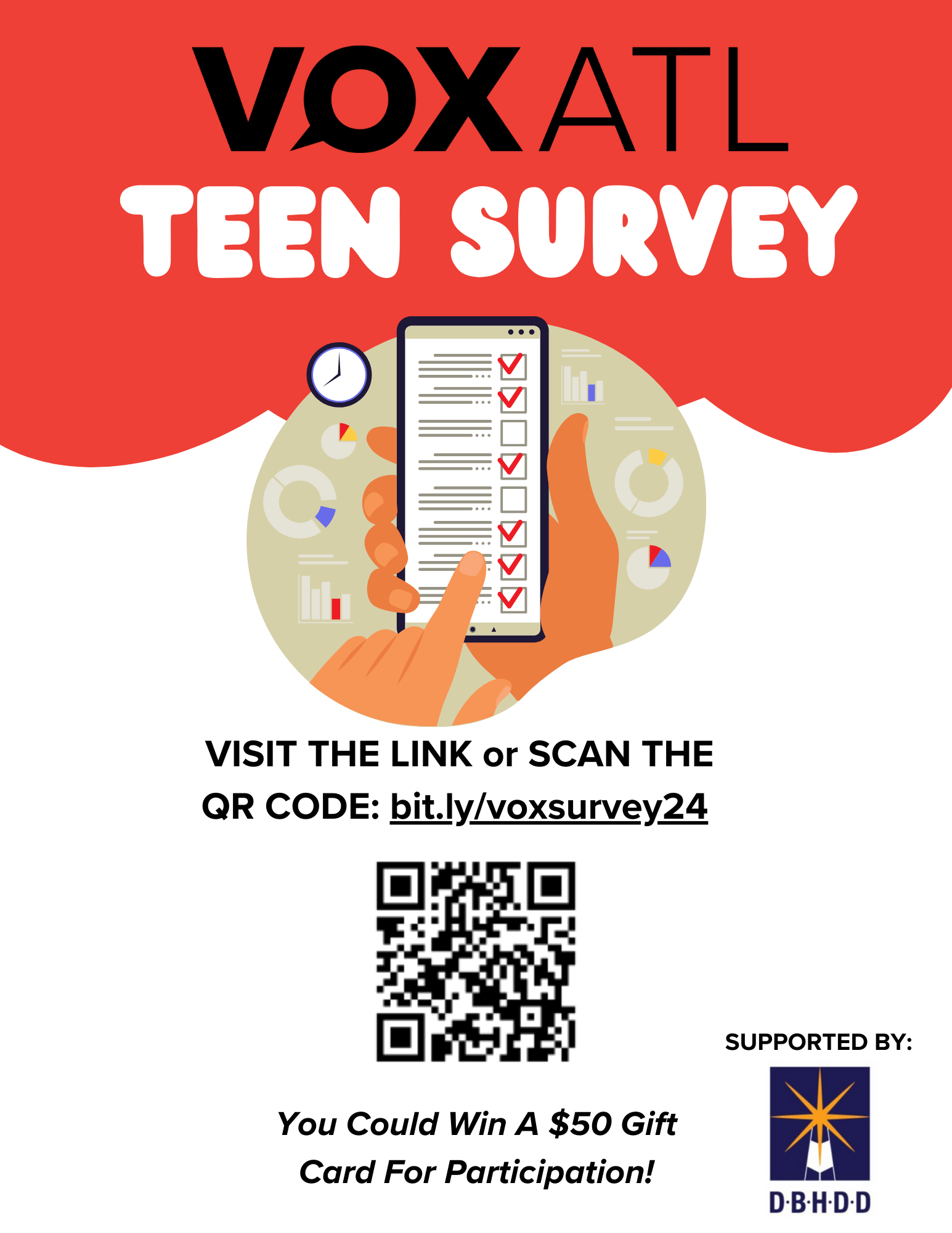The Black Lives Matter Movement’s focus has always been to advocate for Black people killed at the hands of police. However, a common question raised by the opposers of the Black Lives Matter movement is why the movement isn’t as vocal when a Black person is killed by another Black person.The argument being used here is that until Black activists address Black-On-Black crime, they have no right to be outraged over police violence.
While you’ll mostly see this being used by conservatives and right winged media, even Democratic politicians use “Black-On-Black crime” to deflect attention off of corrupt police forces. Since many recorded instances of police brutality from Atlanta have gone viral, Mayor Keisha Lance Bottoms has been very vocal in her opposition to the people who looted the city during BLM protests, famously yelling for protestors to “go home” in a press conference after demonstrators vandalized the CNN center. More recently, after an 8-year-old girl was killed at the same Wendy’s where Rayshard Brooks was murdered, Keisha stated in the aftermath that, “We’re doing each other more harm than any officer on this force.”
Many people think that wagging the finger at Black people for killing each other is going to help fix the problem. However, using Black-On-Black crime to delegitimize the Black Lives Matter movement is not rational whatsoever. Here’s five reasons why Black-on-Black crime is not a valid argument against the BLM Movement.
Black-On-Black crime is literally just crime.
Oftentimes when people bring up Black-On-Black crime, they are implying that Black people are more violent towards each other than any other race. This is wrong because nearly every race is likely to be killed by their own due to proximity. 82.4% of white people are killed by white people. This is due to the fact that many neighborhoods in America are still segregated by race. Of course if you one day decide to kill someone, you’re probably going to kill someone who lives in your area and looks like you. Why is it that no one mentions “white on white crime” when a white person kills a white person? That’s because the phrase “Black-On-Black” crime is only used to stomp down on the Black community and no one else.
Black on Black crime is a symptom of systemic racism.
The issue of Black-On-Black crime is often pinned on Black people. The logic is that “Maybe if you guys just stopped killing each other, the problem would end.” What people don’t stop to think about is the root of Black-On-Black crime. Black people killing each other at high rates is a direct output of white supremacy. Crime is a result of socio-economic status, meaning that if you are poor, you are more likely to commit a crime. Black people are one of the two racial groups with the highest poverty rates, along with Native Americans. In the 1960s, because of white supremacist ideals, all white-schools were given more funding than schools of color. Even after legal segregation in schools ending, even today, research shows that “School Districts where the majority of students enrolled are students of color receive $23 billion less in education funding than predominantly white school districts.” If you live in a low-income neighborhood and go to an underfunded school with unqualified and underpaid teachers, you’ll be less inclined to pay attention and more inclined to drop out. Without an education, you’ll be less likely to get a job. Without a job and living in poverty, that person may then resort to petty crimes like selling drugs in order to earn money. That may start them on a path to committing more violent crimes. Even if they do decide to turn their life around, what’s their chance of being hired after committing a violent crime? This is a vicious cycle originally created by the oppressor that has killed millions of Black people. Black people didn’t start this problem, so why is it always blamed on us? Instead of wagging the finger at Black people, we should instead focus on the problem, not the people.
Black people aren’t killing other Black people because they’re Black.
The Black Lives Matter movement was created to address police violence and racism against Black people. When Black people kill each other, they’re not doing it because of their skin color. In the case of police brutality, there is a clear bias that shows how white officers treat Black people compared to white people. This is what makes police brutality and Black-on-Black crime incomparable to each other.
Don’t like Black-On-Black crime? Fix It.
While some people try to pretend like they actually care about Black-On-Black crime, most of them only use the phrase to be argumentative. If you actually care and want to end black on black crime, prove it. Research and find your local anti-gun violence organization, and if you have the means, donate to them. If you want to be an overachiever, make your own organization and be the change you want to see.
As far politicians such as Keisha Lance Bottoms, if you actually care about the issue, telling Black people to simply not kill each other won’t accomplish anything. Instead, start making legislation and funding changes that will get to the root of the problem. In the budget for Atlanta’s 2020 fiscal year, an additional $5 million was allocated to the already $205 million budget given to the APD in 2019. Meanwhile, only $50,000 was given for recreation equipment in community centers. Research shows that in a group of 100,000 people, one community program can lead to a 1.2% drop in crime. If you claim to care so much, put your money where your mouth is.
You Can Walk And Chew Gum At The Same Time.
Black-on-Black crime is only mentioned as a rebuttal to the people being concerned about police brutality. However, what people don’t realize is that you can focus on both issues at the same time. Many people ignore the fact that Black activists are doing the local grassroots work to end violent crime in Black neighborhoods while also protesting police brutality. Both are important issues that plague our communities and can be focused on one by one.
To conclude, it is very disappointing to see people subscribe to the Black-On-Black crime narrative, especially Black people. We need to analyze how this language is used as a divisive tactic to make us turn against each other. Both police brutality and Black-on-Black crime are the results of the same monsters: white supremacy and systematic racism. Instead of blaming each other, let’s get to the root of the problem and continue fighting for the end of systemic racism.





Wow!! I was shocked to see the author was only 16!! Your voice is strong and loud, keep up the great work in educating people.
“ Instead of wagging the finger at Black people, we should instead focus on the problem, not the people”. This is a great quote but it takes me back this quote“ root of the problem and continue fighting for the end of systemic racism”. Which is according to the article this is referring “white supremacy” as the main issue. Which is focusing on people rather then the problem. I believe that the problem goes way beyond skin color. It starts in the community. It starts in the home. When these things are broken you can not go around “wagging your finger” and people no matter there color. As a young black women. I disagree with these 5 reasons, I believe that BLM is destroying and harming more than they are bring unity and if we continue this route, we will continue to play victimhood rather than victorhood.
“Black people killing each other at high rates is a direct output of white supremacy.” Nonsense! Such a statement means we as a people have to wait for white people to start liking us before we stop killing each other. We ARE in control of our own destiny if we only start believing it and stop looking for excuses and evading responsibility. And if, as the group’s name implies, black lives matter, than we will be as outraged over black homicides no matter the color of the one who pulls the trigger.
Excellent article and arguments – do you know what % of Native American deaths are due to Native American crime on Native American?